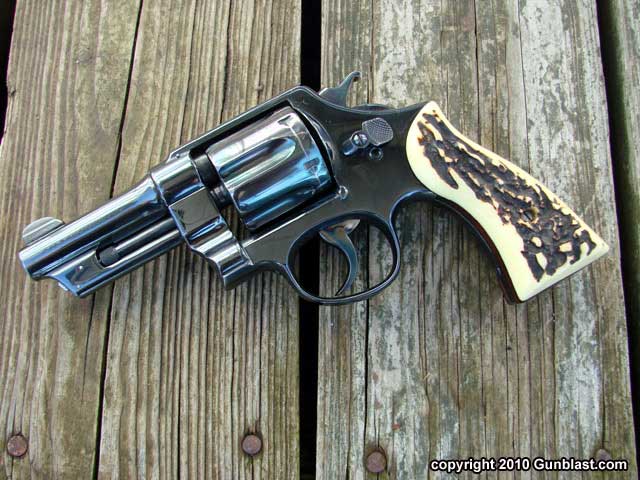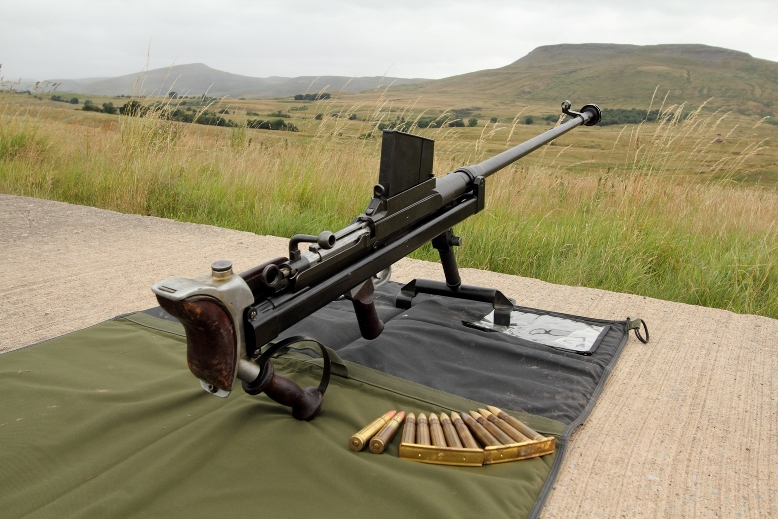
Some folks have also taken to writing this on them also!

or how about this one?

Sure Enough!

This was one of the 1st really modern wheel guns put out by S&W in the last century.
They also have & still enjoy a stellar reputation for strength & accuracy for a 6 shooter. Especially if you throw in the super accurate & hard hitting 44 special into the mix!
As an added plus they also make for a great investment to boot. Enjoy !
Grumpy




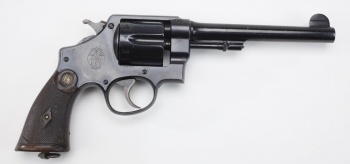



















If you have bought more than two or more guns in your life. I am willing to bet that you have gotten hold of what I call a Lemon / Friday or Monday Morning Flu gun. Like this one perhaps?
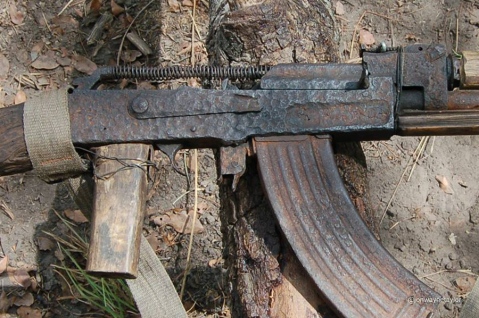
or this poor puppy

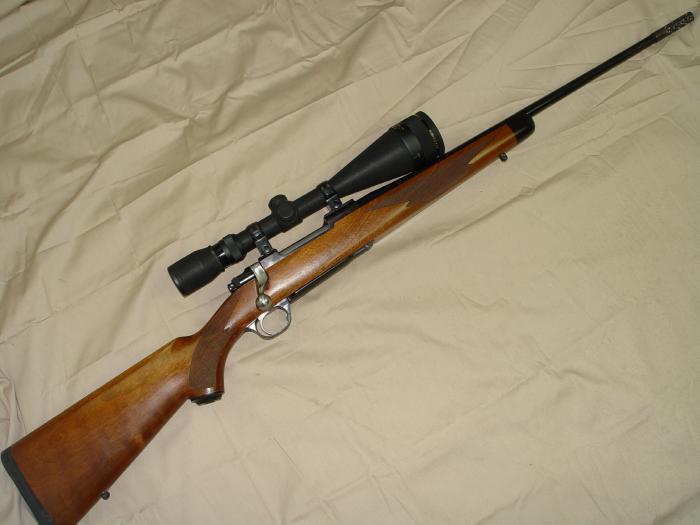
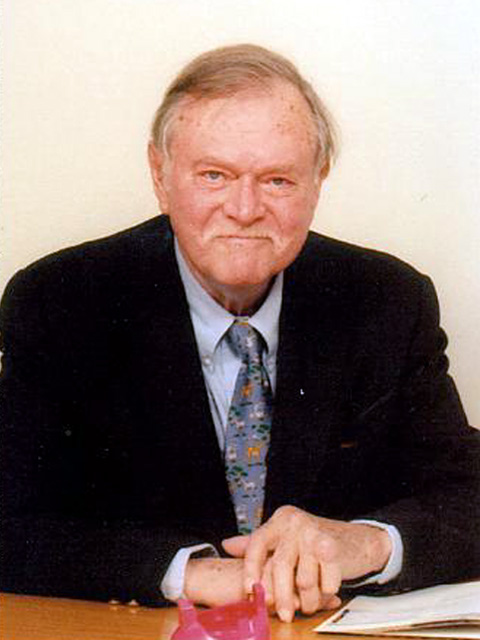
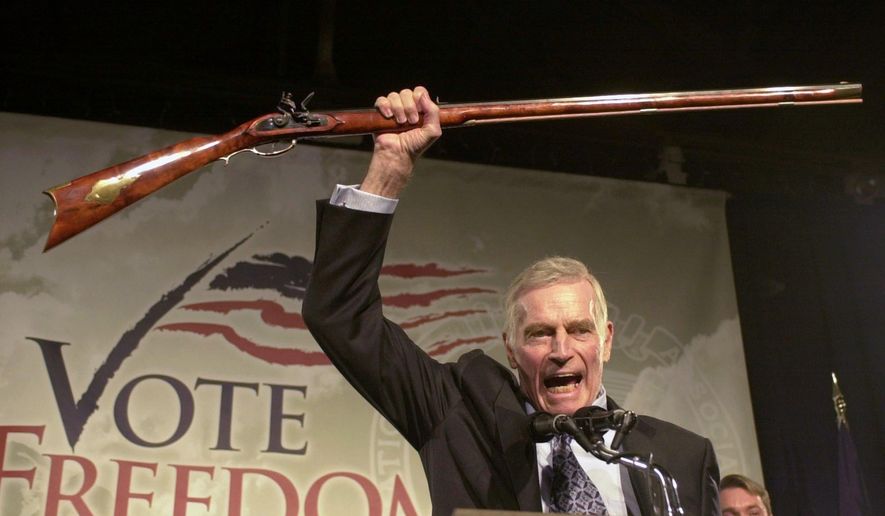



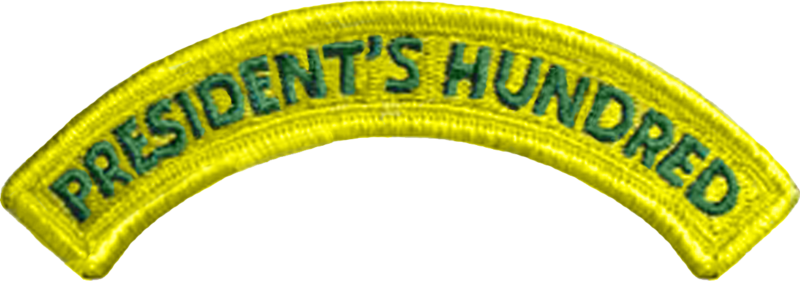









Ruger M77
| This article needs additional citations for verification. (August 2009) (Learn how and when to remove this template message) |
| Ruger M77 | |
|---|---|

Ruger M77 MK II .270 WIN
|
|
| Type | Rifle |
| Place of origin | United States |
| Production history | |
| Designer | L. James Sullivan |
| Designed | 1968 |
| Manufacturer | Sturm, Ruger & Co.[1] |
| Variants | See Variants |
| Specifications (Ruger M77 Standard) | |
| Weight | 6.75–8.25 pounds (3.06–3.74 kg)[2] |
| Length | 42–44.75 inches (106.7–113.7 cm)[2] |
| Barrel length | 22–24 inches (56–61 cm)[2] |
|
|
|
| Cartridge | .223 Remington .22-250 Remington .243 Winchester .25-06 Remington 6.5mm Creedmoor .270 Winchester .280 Remington .308 Winchester 6mm Remington 7mm-08 Remington 7mm Remington Magnum .338 Ruger Compact Magnum .338 Winchester Magnum .350 Remington Magnum 7.62x39mm Soviet |
| Caliber | Various |
| Barrels | Various |
| Action | Bolt action |
| Feed system | 3-5 round integral box magazine[2] |
| 30.06 Cal SAR (Search and Rescue) Rifle | |
|---|---|
| Type | Rifle |
| Place of origin | |
| Production history | |
| Manufacturer | Diemaco |
| Specifications | |
| Weight | 3.2 kg (7.05 lbs) unloaded 3.34 kg (7.37 lbs) loaded, extra rounds in butt |
| Length | 88.9 cm (35 inches) unfolded 64.44 cm (25.37 inches) folded |
| Barrel length | 36.83 cm (14.5 inches) |
|
|
|
| Cartridge | .30-06 Springfield |
| Cartridgeweight | 180 gr |
| Action | Bolt Action |
| Muzzle velocity | 823 m/s (2,700 ft/s) |
| Feed system | 5 rounds, Integral box magazine |
The Ruger M77 is a bolt-action rifle produced by Sturm, Ruger & Company. It was designed by Jim Sullivan during his three years with Ruger. The rifle features a traditional Mauser-style two-lugged bolt with a claw extractor.
Contents
[hide]
Design and features[edit]
From the beginning, the Ruger M77 was intended as a modernized Mauser 98, though numerous changes were made. Bill Ruger wanted to use investment casting in place of a forged receiver. The Sullivan-designed bolt dispensed with the Mauser blade type ejector and instead used the simpler plunger style of ejector. A two-position tang safety and redesigned trigger system were also designed from scratch.
Perhaps the most novel feature of the M77 is the only one that has not been redesigned, the angled action screw. The front action screw of traditional bolt-action rifles draws the receiver directly down against the stock. The M77 uses an angled screw that draws the action down and to the rear, tightly bedding it against the stock.
Variants[edit]
The M77 has undergone one minor and two major redesigns. The first change involved incorporating a proprietary scope mount milled integral with the receiver. The first rifles had simple rounded-top receivers drilled and tapped for separate scope mounts.
M77 Mark II[edit]
The M77 was retooled almost entirely and reintroduced in 1991 as the Mark II. The safety, bolt, and trigger were completely redesigned. The claw extractor was retained, but the bolt face was opened up to allow controlled-round feeding. The plunger ejector was replaced with a Mauser style blade ejector. Finally, a three-position safety allowed the bolt to be operated while the gun was still on safe, making unloading of the rifle less hazardous. Ruger also eliminated the adjustable trigger that came stock on the original M77.
Hawkeye[edit]
In 2006, Ruger introduced new features and a new name for their rifle, the Hawkeye. Major changes were made to the trigger system and the stock was recontoured, but otherwise the rifle remained unchanged.[1] The LC6 trigger addressed complaints from consumers about the Mark II trigger to make it safer than the earlier design.[2][3] The LC6 trigger is lighter and smoother.
.30-06 Cal SAR (Search and Rescue) rifle[edit]
The SAR Rifle, .30-06 calibre, RUGER, Model M77 is a rifle designed for use by Canada’s search and rescue technicians (SAR Techs) and aircrews. The SAR Rifle is designed to be a compact survival rifle chambered in .30-06 Springfield. The rifle is based on the standard Ruger M77 Mk II rifle but the barrel has been shortened to 14.5″. The orange coloured buttstock has been modified so that it can fold along the left hand side of the stock and it also can hold six additional rounds of ammunition. The rifle is issued with a special case that has been designed to attach to the search and rescue technicians’ parachute harnesses.
Gunsite Scout rifle (2011)[edit]
To develop the Gunsite Scout, Ruger worked closely with Gunsite Training Center in the development of the rifle, in order to meet the criteria of the modern scout rifle set forth by Jeff Cooper. The rifle is chambered in .308 Winchester, weighs 7 lb (3.2 kg) and sports a 16.5″ barrel and black laminate stock. It features ghost-ring iron sights, flash hider and a picatinny rail for optics mounting. It takes a 3-, 5-, or 10- round box magazine.[3] The Canadian and Australian version of the Ruger Gunsite has a stainless steel barrel and action with an 18-inch barrel without the flash hider.[4]
References[edit]
- Jump up^ Peterson, Philip. Gun Digest Book of Modern Gun Values: The Shooter’s Guide to Guns 1900 to Present (16th ed.). p. 427.
- ^ Jump up to:a b c d “Ruger M77”. Sturm, Ruger & Co., Inc. Retrieved 8 December 2012.
- Jump up^ “Ruger’s New Gunsite Scout”. Guns. Retrieved 26 July 2015.
How to clean your rifle
As you can no doubt have figured out by the title. That the Russians are always some really bad neighbors to have around.
Anyways this is a pretty good video if you have the time to watch. Grumpy
The Anti-Tank Rifle



Now I have seen one of these puppies fired off once at the local range. (It was a Boys by the way that was rebarreled to 50 BMG) To say that it made some serious noise pollution would be a massive understatement.

It was also just devastating to the steel targets out at the 300 yd range too. As it just punched holes thru them like they were made of cheap plastic instead of hardened steel.
Bottom line – Who ever used these monsters must of had solid brass teasticles. With some arms of like Hercules as they are a light weapon. As I would really hate being made to carry one on a route march!
Here is some more information about these really bad boys.
Grumpy
Anti-tank rifleFrom Wikipedia, the free encyclopedia
|
An anti-tank rifle is a rifle designed to penetrate the armor of vehicles, particularly tanks. The usefulness of rifles for this purpose ran from the introduction of tanks in World War I until the Korean War.
While medium and heavy tank armor became too thick to be penetrated by rigid projectiles from rifles that could be carried by a single soldier, anti-tank rifles continued to be used against other targets.
though recoilless rifles and rocket-propelled grenades such as the bazooka were also introduced for infantry close-layer defense against tanks. Anti-materiel rifles of today, such as the Barrett M82, are a development of the Second World War technology.
|
Contents
History
The tug of war between armour and projectiles had been developing for a long while among naval vessels, since the advent of the Ironclad.
It wasn’t until soldiers met armoured vehicles that the conflict of infantry firearms and armour began.
The introduction of armoured cars and tanks resulted in the development of the first anti-tank weapons, among the first of which were high-powered rifles.
These had appeared in the 19th century for big-game hunting. The anti-tank rifle followed the same route: a large bullet with a high velocity and the ability to penetrate armour.
World War I

Mauser 1918 T-Gewehr 13.2x92mm anti-tank rifle at the Musée de l’Arméein Paris.
The first tanks, beginning with the British Mark I launched against the German trenches in World War I, were nearly impregnable to ordinary rifle fire.
Most armoured cars were similarly protected, but troops rarely faced armoured cars, as they could not navigate the landscape of trench warfare very well.
Though tanks and armoured cars were vulnerable to artillery, mortars, and grenades, infantry was at a significant disadvantage when facing armoured fighting vehicles since they had no effective direct fire weapon, with the exception of the ubiquitous trench mortar, improvised on the spot.
In the direct fire mode, this weapon was manhandled by German infantry over the front of a trench wall and fired at low angles by eye at approaching enemy vehicles.
Though somewhat effective, these actions were obviously very hazardous to any desperate mortar crew as their exposure could attract enemy fire.[1]
The first attempt at boosting penetrating power was the so-called ‘reversed bullet‘. This used the same cartridge and bullet as the regular round, but the bullet was “reversed” and an increased propelling charge was used.
The next development was a special armour-piercing bullet, the K bullet (in German Patrone SmK Kurz 7.92 mm), which could also be fired from the regular infantry rifle.
It had an increased propelling charge and a steel core bullet. This had about a 30% chance of penetrating the 8 mm armour of contemporary tanks if it struck the armour at a perpendicular angle.
Both types had their specific advantages and disadvantages: for example, the K bullet was more expensive to produce and therefore was generally only issued to snipers and other advanced marksmen who could use it more effectively;
the ordinary infantryman had to make do with reversed bullets, which were far less effective and had to be used in closer proximity to the target.
In addition, both types of round damaged the rifles due to the higher propellant load and the resulting higher muzzle velocities and pressures: firstly, service life of the rifle barrel was decreased significantly because of the increased wear.
Secondly, the higher pressure created in the chamber could jam the bolt, leading to the extractor claw failing to extract the cartridge and only breaking off the cartridge rim, leaving it stuck in the chamber.
The strain of firing the increased charge could also burst the chamber of weaker and older rifles, at best destroying the rifle and at worst injuring or killing the rifleman.
For these reasons, the K bullet and reversed bullet were not popular with the troops. Nevertheless, it gave the infantry a chance to stop a tank in an emergency, or at least injure or kill some of the crew if a bullet penetrated.
Even as the rounds were introduced, tanks were being designed and built with thicker armour rendering these rounds largely ineffective, though they remained in use against the older designs and armoured cars.
Hence, a purpose-built weapon was required to counter the newer tanks.
The first purposely-designed infantry anti-tank rifle was designed by Germany. The Mauser 1918 T-Gewehr large-calibre (13.2mm) rifle was capable of penetrating the armour of the newer generations of tanks and allowed a chance at stopping them.
The high recoil of the rifle was very hard on the firer, sometimes breaking the collar bone or dislocating the shoulder.
Although the rifle was unique to its role, it was a development of the Mauser rifles and high-powered British sporting rifles that had preceded it.
The 13.2x92mm (0.538 in) cartridge was not unusual either, as some 0.50in firearms have already been fielded in land warfare with the relatively new and more powerful (as compared to black powder) smokeless powders of the era.
At the same time, in the US, a half-inch high velocity round was being developed for use against aircraft. It would be used with the Browning-designed .50 calibre machine gun.
This round was based on current US .30-06 calibre infantry ammunition. When word of the German anti-tank shell spread, there was some debate as to if it should be copied and used as a base for the new machine gun cartridge.
However, after some analysis the German ammunition was ruled out, as its performance was inferior to the modified Springfield .30-06 round and was semi-rimmed, making it difficult to feed into an automatic weapon.
The Browning M2 .50 cal machine gun would, however, go on to function as an anti-armour machine gun.
World War II

Polish Kb ppanc wz.35 7.92 mm anti-tank rifle used by the Polish Armyin defence of Poland (September 1939).
At the start of World War II, only some European nations had an anti-tank rifle based on a high-velocity, large-calibre round, such as the British Boys anti-tank Rifle.
The first combat use of anti-tank rifles took place during the Invasion of Poland of 1939. The Wz. 35 anti-tank rifle was extensively used by most Polish units. The Wz. 35 with 7.92 mm anti-tank rifle ammunition was a very effective weapon against all German tanks of the period (the Panzer I, II and III, as well as the Czech-made LT-35 and LT-38).[2]
At up to 400 meters, it could destroy all lightly armoured vehicles. It could penetrate 15 mm of armour, sloped at 30° at 300 m distance, or 33 mm of armour at 100 m.
Later, as armour became thicker on newer models, the effectiveness of a man-portable rifle lessened.
This was particularly true in Malaya, where the light Japanese tanks specially configured for jungle conflict rode roughshod over British forces amply supplied with the Boys anti-tank rifle.
At first small cannons up to 20mm calibre were used, but the anti-tank role soon required more powerful weapons which were based on the application of chemical energy in the form of the shaped charge anti-tank rifle grenade.
To these were added rocket launchers such as the bazooka, recoilless rifles such as the Panzerfaust, and rocket-propelled grenades — some anti-armour successes were achieved with heavy-calibre autocannon by the Luftwaffe, especially with the Bordkanone BK 3,7autocannon, mounted in twin gun pods against Soviet armour on the Eastern Front.
Some anti-tank rifles, like the Finnish L-39, were still used by snipers to harass the enemy, like firing phosphorus bullets at tanks’ open hatches, or to smoke an enemy sniper out of his position.
Korean War
The Soviet PTRS-41 and PTRD of World War II vintage were used by North Korean and Chinese forces during the Korean War as they lacked more modern infantry anti-tank weapons.
Cold War
Although retaining many of the technical characteristics of the anti-tank rifles, the Cold War era weapons are only conceptual descendants of anti-tank weapons wielded by the Second World War infantry, and both large-calibre sniper rifles and anti-materiel rifles owe only some part of their design heritage to them.
Although no longer capable of penetrating even the side armour of the modern main battle tanks, they are capable of causing serious damage to their external fittings such as periscopes, optics, sensors, tank treads, and machine guns.
They are also useful in disabling or even destroying lesser armoured rear units and support vehicles, helicopters, low-flying UAVs and personnel.
Selected anti-tank rifles
Some examples of anti-tank rifles include:
- WWI
- Mauser Gewehr 98 with Patrone SmK Kurz 7.92 mm
- German 13.2 mm Rifle Anti-Tank (Mauser)
- WWII
- Finland
- Japan
- Germany
- Poland
- Soviet Union
- 14.5 mm PTRS-41 (Simonov)
- 14.5 mm PTRD-41 (Degtyaryov)
- Switzerland
- 7.92 mm Solothurn M SS 41
- 20 mm Solothurn S-18/100
- 20 mm Solothurn S-18/1000
- 20 mm Solothurn S-18/1100
- United Kingdom

